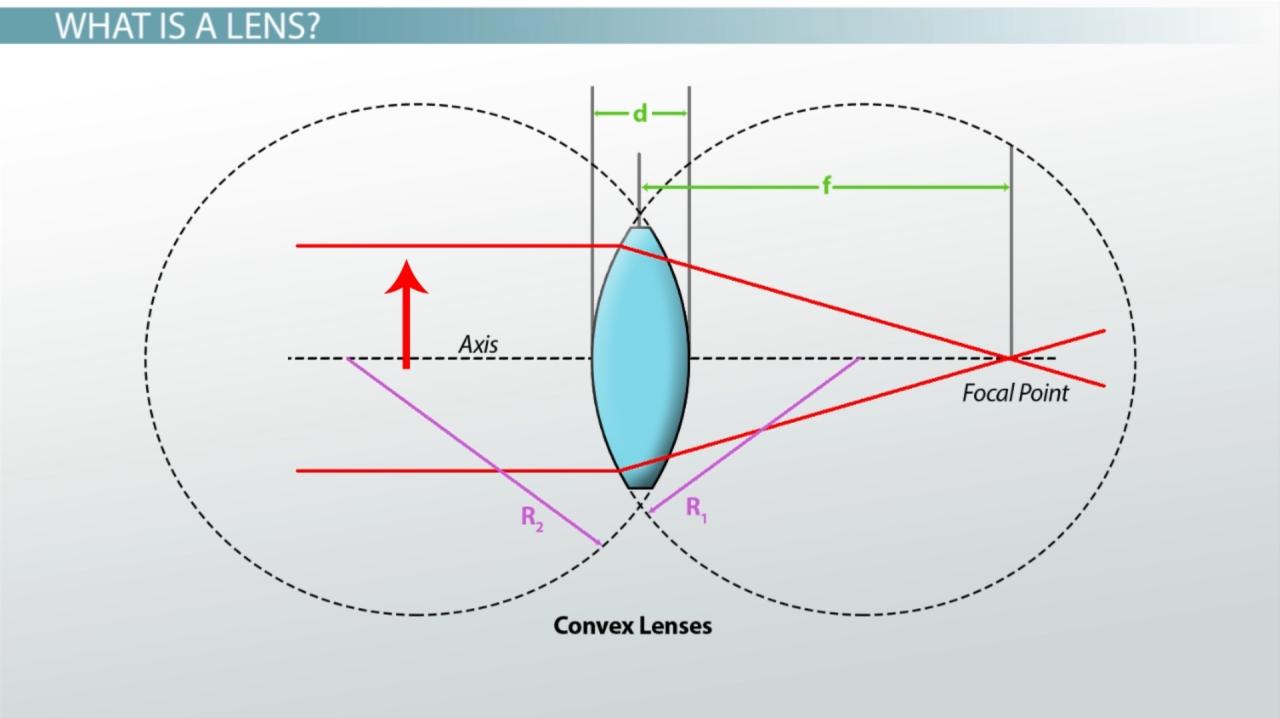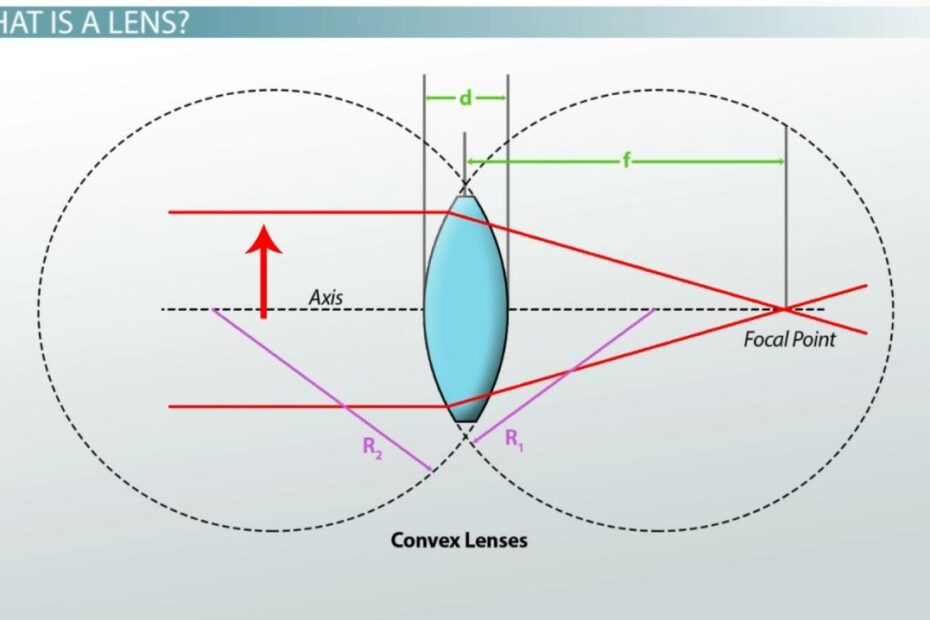Can A Lens Simply Be A Curved Piece Of Glass: Exploring Optical Simplicity
High Curves And Step Bevels
Keywords searched by users: Can a lens simply be a curved piece of glass pinhole cameras usually have a complicated lens, a mirror or lens that is curved inward, a mirror converges but a lens disperses.
Is It True A Lens Can Simply Be A Curved Piece Of Glass?
Is it true that a lens can be as simple as a curved piece of glass or other transparent materials? Indeed, a lens is precisely that – a transparent material, like glass or plastic, which is curved on one or both of its surfaces. These curvatures play a crucial role in altering the path of light rays as they pass through the lens, causing them to bend. This bending of light within a thin lens can be accurately described by relatively straightforward mathematical equations. These equations help us understand and predict how light behaves when interacting with lenses, facilitating the design of various optical devices and systems.
Are Lenses Always Curved?
Do lenses always have curved surfaces? Lenses typically consist of two precisely shaped surfaces, which can be classified based on their curvature. These surfaces can either both be curved or one can be curved while the other remains flat. This classification leads to six common types of lenses: biconvex lenses with two curved surfaces that bulge outwards, plano-convex lenses with one flat and one curved surface, concavo-convex lenses (also known as converging meniscus lenses) with one curved and one flat surface, biconcave lenses with two inwardly curved surfaces, plano-concave lenses with one flat and one inwardly curved surface, and convexo-concave lenses (also referred to as diverging meniscus lenses) with one flat and one outwardly curved surface. These variations in lens curvature play a crucial role in their optical properties and applications.
Can Glass Be Used As A Lens?
Is it possible to utilize glass as a lens material? Glass spectacle lenses, which are crafted from natural glass as per professional standards, have historically been the conventional choice. In contemporary optometry, they continue to hold significance due to their outstanding resistance to scratches. Additionally, consumers may appreciate that they are more budget-friendly when compared to similar plastic alternatives. Glass lenses offer a durable and cost-effective option in the realm of eyewear.
Details 40 Can a lens simply be a curved piece of glass

Categories: Details 15 Can A Lens Simply Be A Curved Piece Of Glass
See more here: maucongbietthu.com

Yes. That is exactly what the earliest and simplest lenses are. If you need vision correction — to change the focus of the light passing through the lens, in order to correct focusing problems in the eye — then you would change the curves on both sides of the lens.A lens is simply a piece of glass, plastic, or other clear material that is curved on one or both faces; the curves cause light rays passing through the lens to bend. The bending of light by a thin lens can be described by fairly simple equations.A single lens has two precisely regular opposite surfaces; either both surfaces are curved or one is curved and one is plane. Lenses may be classified according to their two surfaces as biconvex, plano-convex, concavo-convex (converging meniscus), biconcave, plano-concave, and convexo-concave (diverging meniscus).
Learn more about the topic Can a lens simply be a curved piece of glass.
